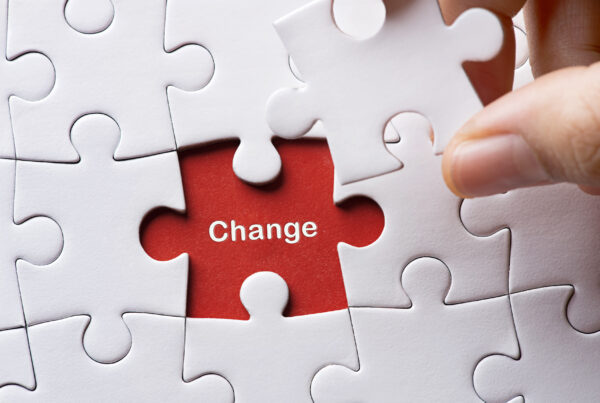LOOKING AT YOUR BRAIN
Neuromarketers can predict how you’ll respond to advertising. While it may sound like mind reading, this relatively new, some-what controversial field of research uses MRI scans and other technology to measure brain activity when consumers are exposed to products, brands and advertising. This tool can help marketers fine-tune marketing campaigns, strengthen brands and design better products. Before you can benefit from this research, it is important to first understand that the “old brain” houses your most basic survival impulses and resists change. Your “middle brain” connects emotionally with the world. It’s your “new brain,” or the neocortex, where you process information logically, but your neocortex also has the weakest influence over your decisions. Because of this, neuromarketers have uncovered that most consumers make buying decisions on survival or emotion before the new brain scrambles to logically justify these decisions. For example, one recent neuromarketing study determined that your old and middle brains make a purchasing decision a full seven seconds before you logically justify that decision. Most business owners don’t have a budget for neuromarketing, but what can we learn from the big brands that can make that investment? The old brain makes decisions by weighting pain against what you stand to gain. Breaking the purchase into bite-size investments can reduce financial pain in the old brain, and if your product or service can add joy to your customers’ lives, the old brain will see a lot to be gained in exchange for a little pain.
Your old brain is visual and responds quickly to images. Be thoughtful about your product’s design and packaging, as well as images used in marketing. Remember to leverage as many of the five senses as possible. Consider a paper stock with an unusual feel for your business card or mailer, or a signature scent for your retail store. Incorporate more audio and video into your marketing. Tell your story visually first, and then add supporting copy with vivid sensory descriptions. The middle brain remembers beginnings and endings. So, on a sales call make sure your opening and closing impressions create happy feelings that connect emotionally with your prospect. The subconscious part of the brain wants to have what others have. Remember how ugly you thought Uggs were until everyone had a pair? Instead of telling your customers why you’re great, have current customers tell your story, explaining the rewards and joy of using your product or working with your team. The old and middle brains will respond. Neuromarketing researchers have determined that consumers cling to activities that make them feel in control — the rituals. Think about having your name called at Starbucks and dropping your cup into that oh-so-familiar coffee collar. It’s comforting and familiar, isn’t it? What kind of ritual can you create for your business? Is it a signature treat for guests or a handwritten thank-you card after every customer interaction? If your sales are flat, avoid the blame game and try playing the brain game.







